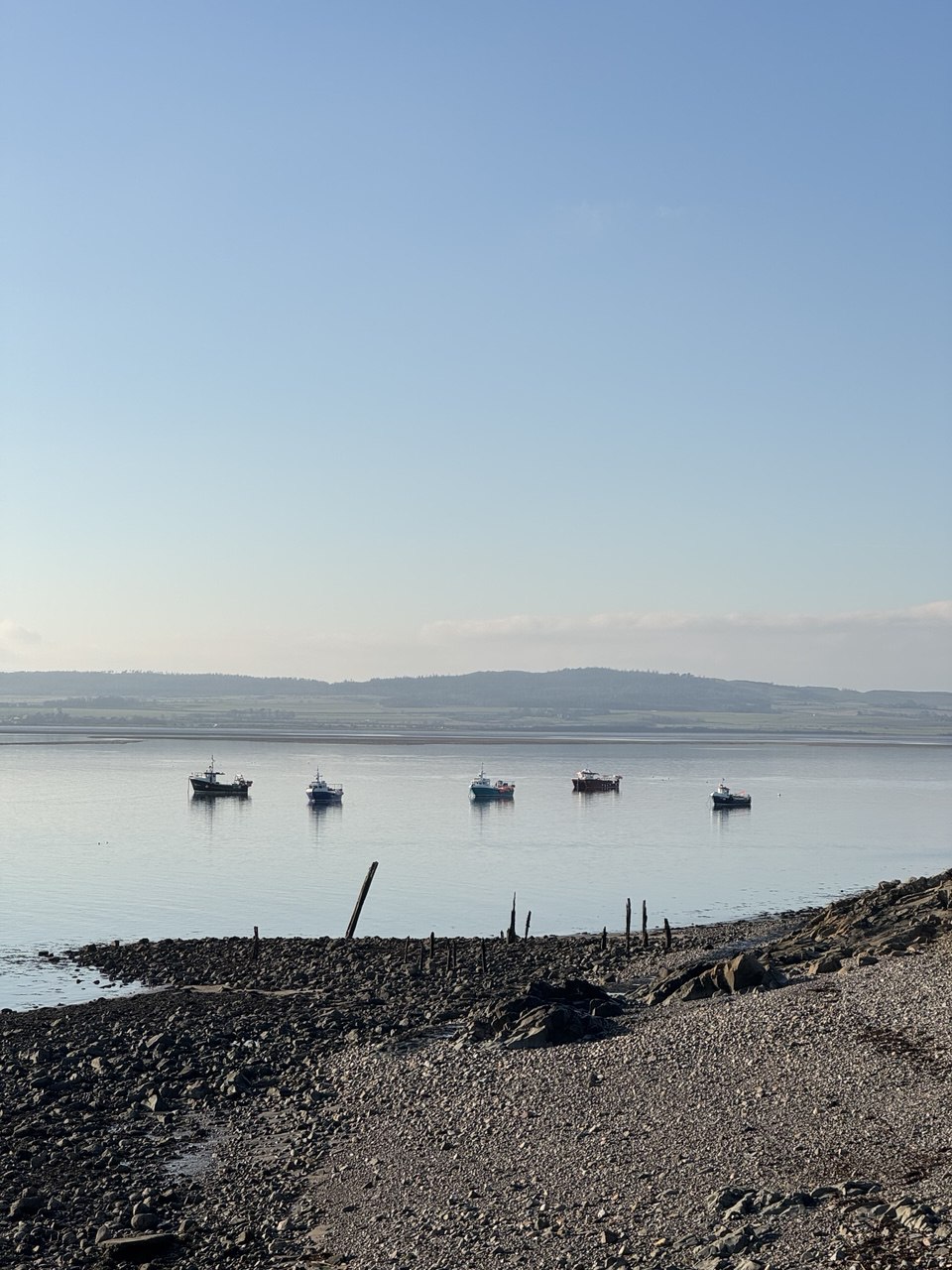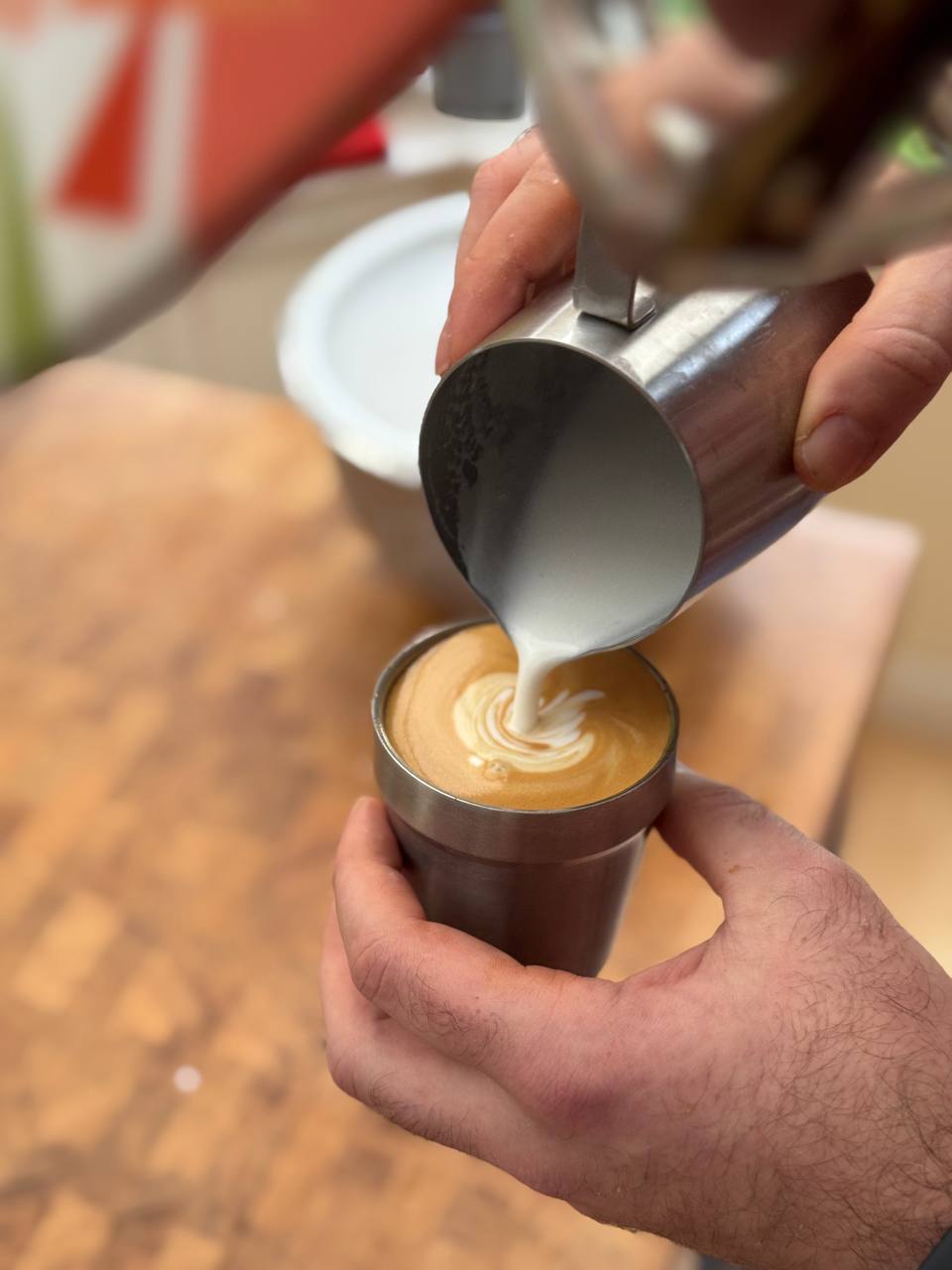|
Your weekly crème de la crème of the Internet is here!
05.09.2023 (read in browser)
This is the free monthly edition of the newsletter. If you want to receive every weekly edition, plus access to the full archive of both free and paid newsletters, subscribe here.
In case you missed it, the last three paid editions included:
-
#161 on Fringe, where I watch my first improv plays, go mushroom hunting, and research breakfast traditions in the country.
-
#162 on more Fringe, where I watch more shows, make chanterelles jam, and consider making a DIY espresso machine.
-
#163 on even more Fringe, where I wrap up the month of Fringe, catch a flu, and learn about ice cream wars.
Don't miss out on future newsletters – upgrade now to get access to all of them.
On the first summer pizza
As we're already in September, I can look back at my first full summer in Scotland and while there are still boxes I need to unpack, at least we've managed to make some wood oven pizza. While my personal guilty pleasures are overly synthetic pies from Papa John's and Domino's, homemade pizza is a completely different story: one about the celebration of all things home.
This one is with gorgonzola picante and pears, which weren't sweet enough so got macerated for an hour or so with some brown sugar.
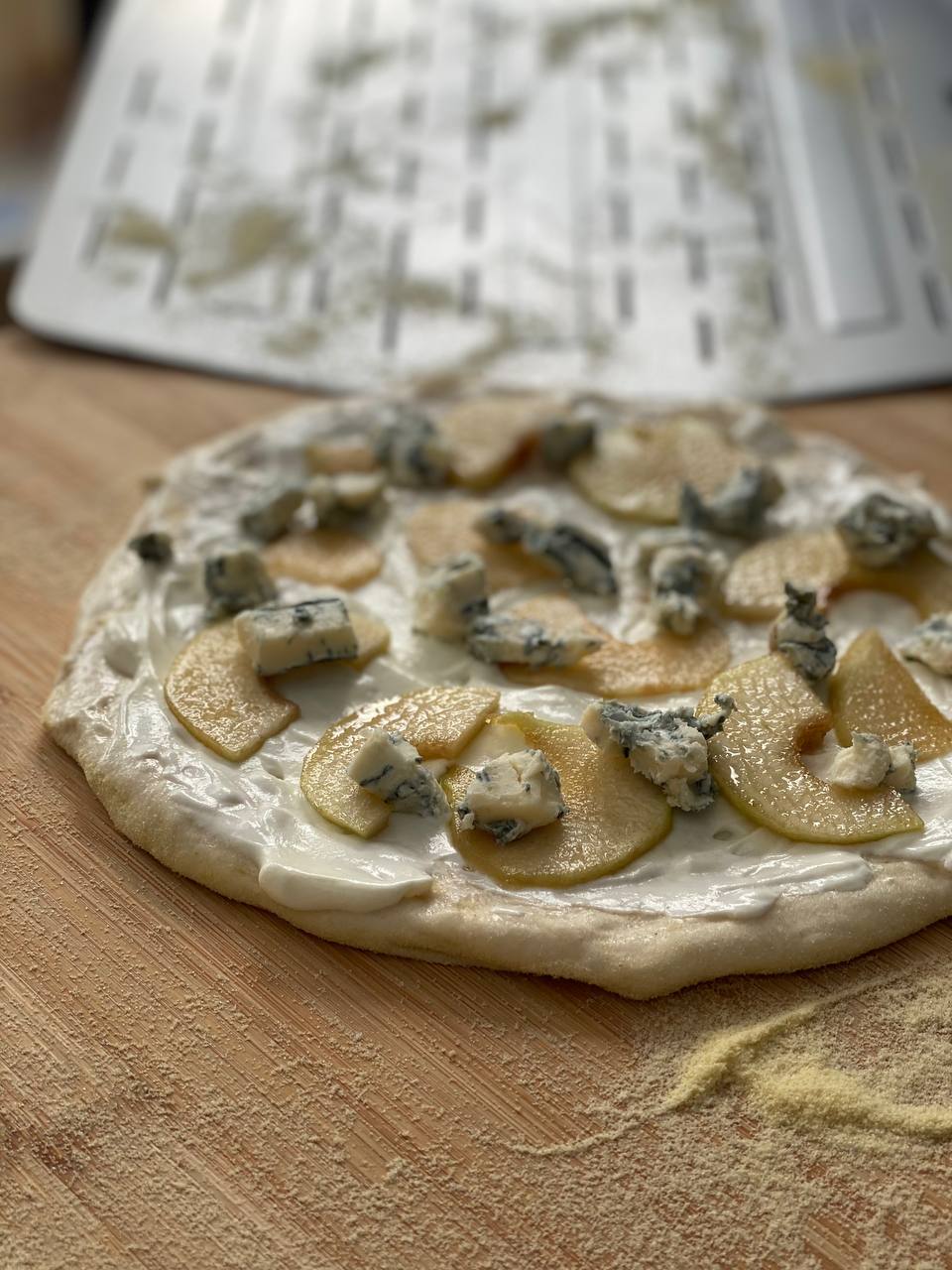
The oven we have started to accumulate condensate at some point, so usually heating up takes 3-4 times longer than advertised (think nearly an hour, not fifteen minutes), but once it's ready baking a pizza takes only a minute or two.

This one was my favourite: goat cheese and chanterelles jam that I mentioned making a few weeks ago:

Also as I was quite sick last week, I got some time to look into more 3D printing projects to distract myself. I really like the board game Wingspan, but the birdfeeder-shaped dice tower is made out of cardboard and is very easy to break, so I've printed one out of PLA+:
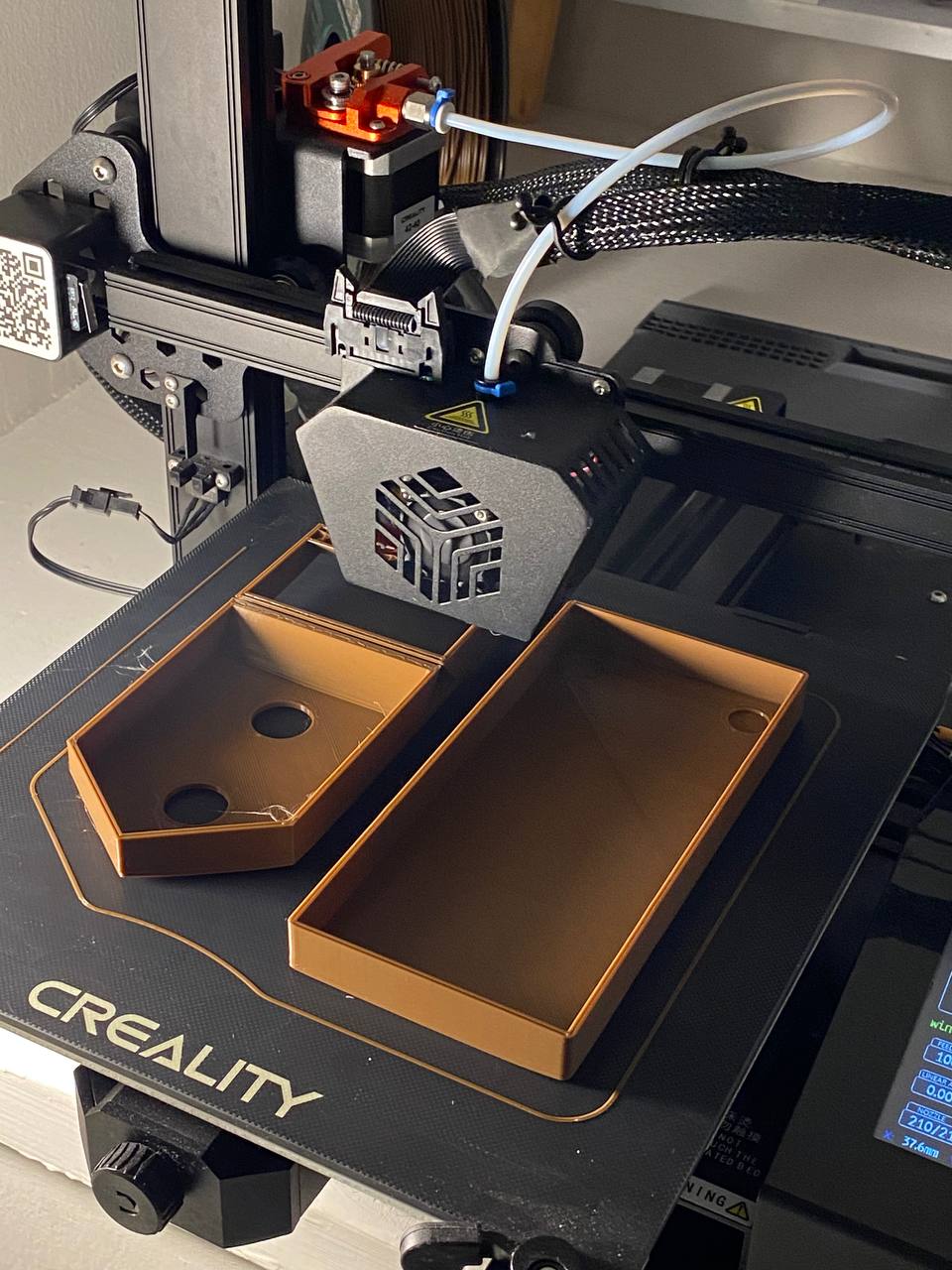
It took a bit of tuning to reduce the curving, and also the magnets I put inside turned out to be quite weak, but overall I am quite pleased with the outcome:
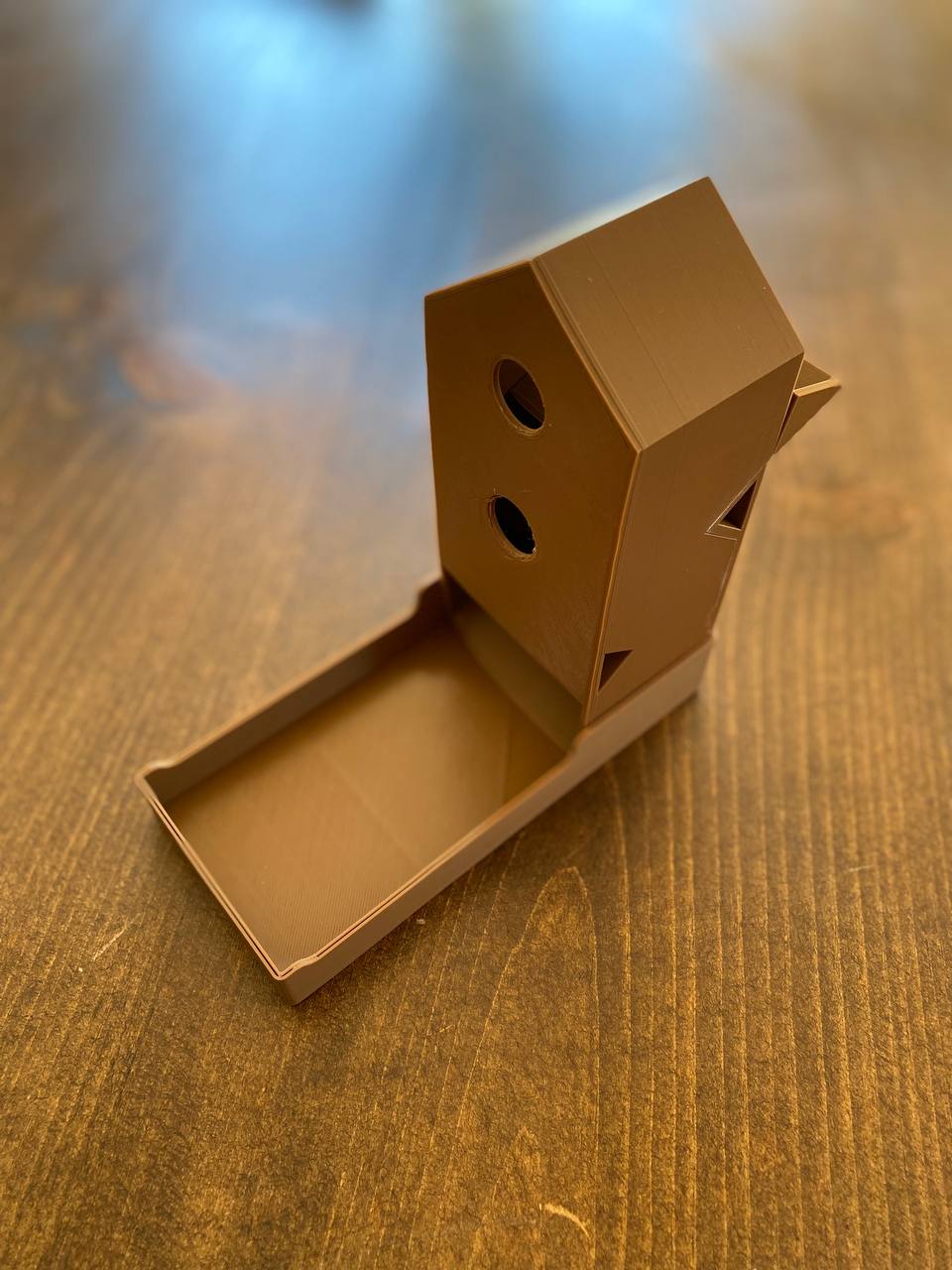
Now it's only a matter of giving it a try.
Things I enjoyed reading
I was quite surprised no one did it before, but actually the post is nearly ten years old: the author read a few textbooks on orthodonty, and then 3D-printed braces based on a model of their teeth:
So what does one need to do this themselves? Knowledge of orthodontic movement, a 3D scanner, a mold of the teeth, CAD software, a hi-res 3D printer, retainer material, and a vacuum forming machine. I realized, I had - or could acquire - all of these things. I have my own 3D printer, but the dimensional accuracy isn’t good enough. NJIT has a digital fabrication lab with a Stratasys Dimension 1200es. That would do the trick. I tested the machine, and found it could give me X,Y accuracy under .1mm, which was close enough. I think a stereolithography printer like a Formlabs Form 2 would have been even better, since they have vast X,Y resolution and accuracy. Vertical print resolution didn’t matter much- the direction of motion was in X and Y, not Z. The same lab also has a vacuum forming machine, and some NextEngine laser scanners.
There are even before/after pics, and it looks like quite an improvement. Although I wouldn't advise to attempt it at home as so many things could go wrong.
The title looks quite promising but that's just an essay, albeit a very good one for some like me, with zero understanding of how Brexit could happen in the first place:
Most EU insiders, however, warn that, this time, Britain would not be offered any special deals. There would be no budget rebate; no opt out from the social chapter. Britain would have to accept the free movement of people and, quite probably, the euro.
Some pundits think that once these realities sink in, the British would lose their initial enthusiasm for rejoining the EU. But that is not necessarily the case.
However I'd miss sterling pounds, it's such a cool currency.
This is an interesting overview of ways to change one's sleep patterns. I am also pleasantly surprised that Apple Watch performs better than Oura: I thought of getting the latter as I don't like sleeping in (and constantly charging) the watch.
Everything is anecdotal as I don't really trust both the Oura and the Apple Watch to be accurate.
I also bought a 20$ infrared camera to see how some of those factors affect my tossing around and night wake ups.
(By the way, checking the sleep cam recording timestamps seems to confirm that the Apple Watch is more sensible & precise than the Oura, but sometimes identifies tossing as wake ups.).
I guess instead of getting Oura I could just buy a portable AC unit and it will bump the quality of my sleep too. Not to mention that there are other good options on the list too.
I am still not used to crossing roads in the UK, mostly because there are no jaywalking rules so everyone does what they want to, but this is was a fun overview:
A squirrel might seem an odd choice, but cute animal names are an intriguing feature of British crossing culture. The zebra crossing format was followed by the short-lived “panda” (the first electronic system with a button for pedestrians). The Pelican and Puffin (which differ in whether the red/green walking figures are displayed above the road or on the pedestrian push-button unit) followed soon after and became familiar features in Britain’s cities. There are also Toucan crossings (for “two can”), offering shared cyclist and pedestrian use, and the rarer Pegasus which has signals for equestrians.
I also haven't been to Europe for a few years, so do wonder if there is any muscle memory left that could help me deal with roads there.
A big fraction of recommendation videos I get on Instagram are cooking videos. They're fun to watch and discuss, but I don't think I ever tried cooking anything they do, even though I cook more often than their average viewer.
Are these videos still teaching us how to cook? It depends on your perspective.
The pressure to assemble a picture-perfect dinner is certainly less intense on TikTok than on, say, the Food Network. But the quality of a recipe doesn’t matter as much on TikTok.
“People now want to buy into the human behind the camera rather than just the recipe,” said Ahmad Alzahabi, who runs the TikTok account @thegoldenbalance.
To me those videos are mostly about inspiration: I might occasionally pick up a new way to make a sauce or serve cheese, but I never trust their authors enough to repeat all their steps.
I work with notes a lot, it often come back to re-read them or edit, mostly because of this newsletter, but I can't get used to keeping all my records in the same place and as the result have no way to search through them as well as I'd like to.
At the same time, the database contains nearly three years of links to every subject I cover here, along with the complete text of thousands of articles. It is here, and not in a note-taking app, that knowledge of my beat has been accreting over the past few years. If only I could access that knowledge in some way that went beyond my memory.
It’s here that AI should be able to help. Within some reasonable period of time, I expect that I will be able to talk to my Notion database as if it’s ChatGPT. If I could, I imagine I would talk to it all the time.
Probably the author is right, and the only way it improve our note-taking and note-reading game is by using AI to convert those into snippets of information that's important at the moment.
I wrote about image generation with AI before, and while deep fakes a few years ago felt like a big step forward, they didn't change the scene much.
However, it’s a good way to describe the massive changes that have already taken hold in the generative AI porn scene. An AI porn singularity has already occurred, an explosion of non-consensual sexual imagery that’s seeping out of every crack of internet infrastructure if you only care to look, and we’re all caught up in it. Celebrities big and small and normal people. Images of our faces and bodies are fueling a new type of pornography in which humans are only a memory that’s copied and remixed to instantly generate whatever sexual image a user can describe with words.
At least these highly motivated individuals will bring us closer to the world where movies could be generated in the same way, and that'd be nice.
I already shared a story on quality of some antique furniture recently, but here the author seems to look into the reasons of why modern industries tend to produce low quality chairs and tables pretty much on purpose:
One way to guarantee quality is to buy custom furniture, although the expense means it’s out of reach for most. Brotman is currently making a dining table by hand for a client of his new business, Ogden House Studio + Design. He is crafting it to her precise specifications, which include making it 11 feet long so that it easily seats a dozen people. A similarly sized table at a chain retailer might cost about $2,000, and Brotman estimates it would take about a day to make in a factory. This one will run the client $10,500, including the solid maple used to build it, and require 90 hours of Brotman’s labor.
The same probably applies to clothes too, compare a jacket from H&M with a bespoke one, both for price and quality.
Most people set to learn how to bake bread as their lockdown projects in 2020, but someone took a different route and ended up travelling to all villages within 20 km from their home.
I visited 150 villages plus the Lords Bridge radio observatory. The project took 3 years and 3 months to complete.
There were 96 rides, totalling about 4900km. So my mean distance was around 51km. The median distance per ride was a little higher, at around 52 km, and the median duration (including stoppages) was about 2h40. The total duration, if you add them all up, including stoppages, was about 275h, giving a mean speed including photo stops, lunches and all, of 18kph.
I also quite like how they first wrote a program to get all names and order them prior to planning the journey.
Between cooking, reading, writing, and a dozen of other smaller projects I doubt I need a new hobby, but this is a detailed guide for those who don't yet spend all their time on researching food science:
That sounds, probably, like a bad thing, but the cost and inconvenience of shooting and developing film is exactly why I have fallen in love with it, and is exactly why you should try it, too. (It should be noted that film, like vinyl records, is having a decade-long renaissance and is more popular than it’s been since digital cameras originally took over the market. Many other people have gotten into film for the same reasons I have.)
To be fair, I wasn't sold on film photography after reading this, and while some might argue that this is just too analogue for me, I do love vinyl for example, so it must be something else.
Things I didn't know last Tuesday
Not sure what surprised me more: the fact that Irvine Welsh is still very much alive (and I grew up reading his books), or the fact that he grew up in Leith, Edinburgh.
Irvine Welsh has told how he was once almost killed when a double decker bus he was travelling on to watch his beloved Hibs crashed and he was hurled through the front windscreen onto the motorway.
The Trainspotting author said the fact he was drunk saved him as it made him “rubbery” as he “bounced along the road”.
The incident, in which another football fan died, was a turning point for Welsh as he received £2000 in compensation. The money helped him buy his first flat in London, where he wrote diaries that would eventually become his classic first novel, Trainspotting, published in 1993.
Also I can't really believe that 30 years ago £2000 could help someone buy a flat in London.
Not sure why you'd ever need to convert degrees of latitude into kilometres and back, but I didn't know there is a way:
If your displacements aren't too great (less than a few kilometers) and you're not right at the poles, use the quick and dirty estimate that 111,111 meters (111.111 km) in the y direction is 1 degree (of latitude) and 111,111 * cos(latitude) meters in the x direction is 1 degree (of longitude).
I hope whoever asked this question on StackExchange is fine and found the way back home.
I pretty much forgot about growing up with an abundance of milk (yogurt, kefirt, and so on) milk bags, but now I know it's a thing in some other countries too:
A typical milk bag contains approximately 1 L (1.8 imp pt) of milk in South America, Iran, Israel, and continental European countries, while in Canada they contain 1+1⁄3 litres (2.3 imp pt), and in India, 0.5 L (0.9 imp pt)
In the Baltic rim countries, e.g., Estonia, and some Eastern European countries, the similar bags may also be seen used for packaging yogurt or kefir.

Here in the UK Sainsbury's tried to sell milk in bags but discontinued them after a few years of trial.
These are pretty big news (albeit the paper is published almost a year later):
We have combined T2T-Y with a previous assembly of the CHM13 genome4 and mapped available population variation, clinical variants and functional genomics data to produce a complete and comprehensive reference sequence for all 24 human chromosomes.
What does it mean?
Imagine we have a keyboard, but we don't know what each key does, and are not sure how to connect to it.
Now we have the raw CAD files used for its manufacturing. We even understand some CNC commands, and we also know that changing specific bits in the raw data makes the keyboard fail in interesting ways.
I did a fair bit of competitive swimming but never heard of this style:
The sidestroke is a swimming stroke, so named because the swimmer lies on one's side with asymmetric arm and leg motion. It is helpful as a lifesaving technique and is often used for long-distance swimming.
It also has a military modification, but overall seems like it's only popular among lifeguards. I wonder why it's not an option at competitions though.
I am not a huge fan of popcorn but can't really blame those ancients as Pringles probably weren't a thing back then:
People living along the coast of Peru were eating popcorn 2,000 years earlier than previously reported and before ceramic pottery was used there, according to a new paper in the Proceedings of the National Academy of Sciences co-authored by Dolores Piperno, curator of New World archaeology at the Smithsonian’s National Museum of Natural History and emeritus staff scientist at the Smithsonian Tropical Research Institute.
There are some pictures in the article too, but frankly that looks very far from the popcorn we're used to.
The subway in Tashkent looks even better than in Moscow, but no one knew because it was prohibited to photograph until 2018:
Established in 1977, the Tashkent Metro is the oldest subway in Central Asia and seventh of the 13 metro systems in the former Soviet Union. It consists of four lines serving 48 stations, each of which is designed after a particular theme. The whole metro was originally planned to be a city-wide nuclear shelter, and the Uzbek government classified it as a military facility, which was the reason behind its decades-long ban on photography.

I'd love to visit the country one day, mostly for its food but now also to check out the metro.
The number of sights of Murder Hornets in the UK has increased recently, so I familiarised myself with other lookalikes.
With yellow-and-black bands, the giant horntail looks like a large wasp, but is harmless to us. The female uses her long, stinger-like ovipositor to lay eggs in pine trees, where the larvae then develop.

Supposedly, this one doesn't really care for humans, but I am not interested in checking it anyway.
Imagine a Chupa Chups but with something toffie like inside:
A Tootsie Pop (known as Tutsi Chupa Pop in Latin America) is a hard candy lollipop filled with the chocolate-flavored chewy Tootsie Roll candy.
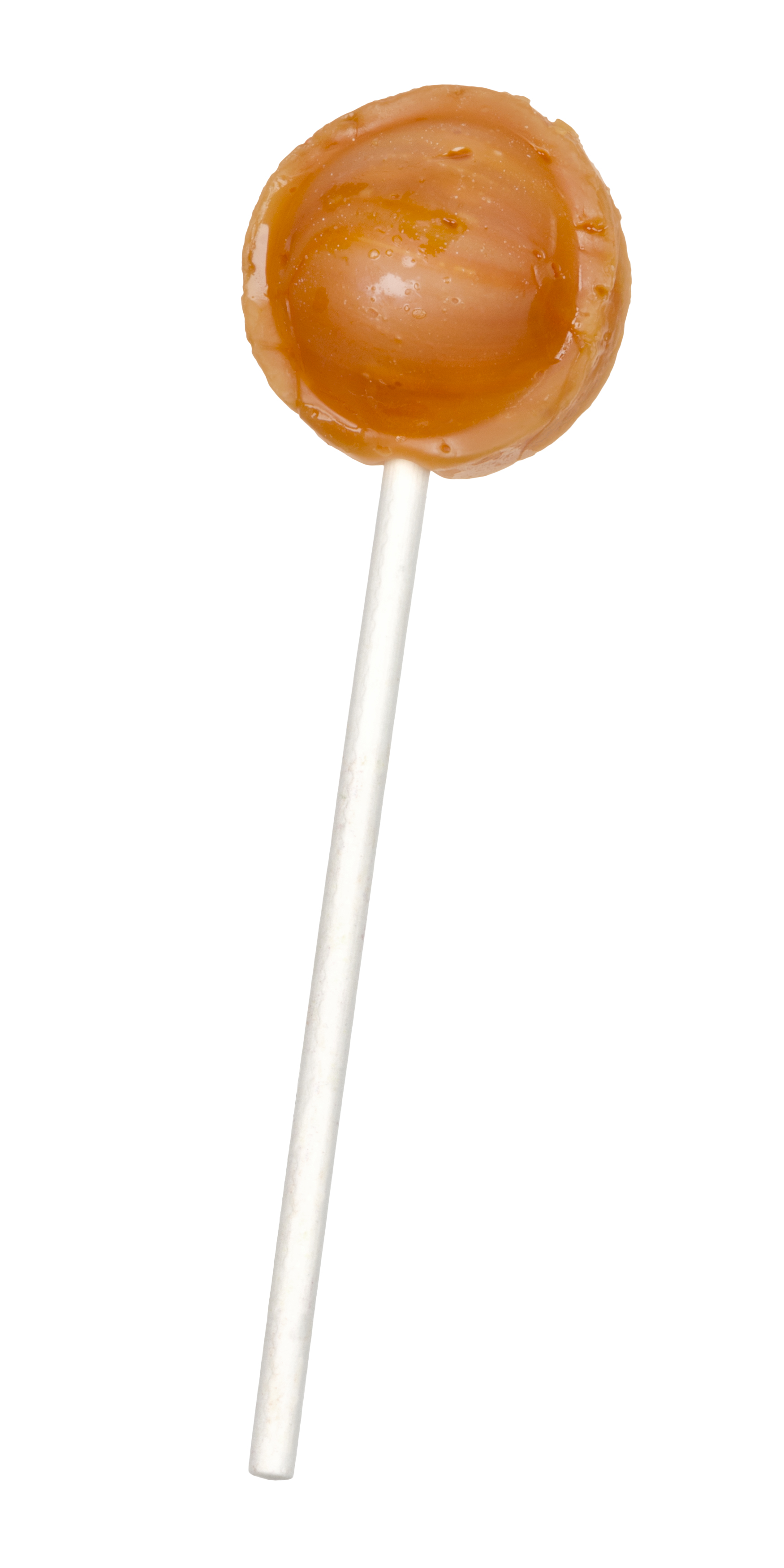
What's odd is that for some reason researchers are obsessed with figuring out how much effort is required to get to its center, and even build odd machines for conducting "lick tests" (there is more in the Wikipedia article above).
The words "flame of hell" in Russian are often translated as "геенна огненная" (fiery Gehenna), and while for some odd reasons I heard the words a lot growing up (wonder what did I do, right), I never thought if that's an actual place:
The Bible refers to the valley as Gē ven-Hīnnōm, "valley of the son of Hinnom" or Gē Hīnnōm, "valley of Hinnom". In Mishnaic Hebrew and Aramaic, the name was contracted into Gēhīnnom.
English "Gehenna" represents Géenna (/ɡɪˈhɛnə/; from Ancient Greek: Γέεννα), the Greek transliteration found in the New Testament.

Might as well just stop by when I am in Jerusalem.
Book of the week
As I am on my history of food reading spree for the past few weeks, I couldn't really ignore a book titled How Carrots Won the Trojan War and written by Rebecca Rupp:
The turning point for the tomato, according to time-honored legend, occurred on September 26, 1820, on the steps of the courthouse in Salem, New Jersey, when Colonel Robert Gibbon Johnson ate, in public and without ill effect, an entire basketful of tomatoes. The colonel, a notorious eccentric, was not a man to be trifled with. During the Revolutionary War, at the tender age of seven, he had patriotically slapped a British officer in the face, and as an adult he habitually dressed in imitation of General Washington in a black suit with impeccable white ruffles, a tri-corn hat, black gloves, and a gold-topped walking stick.
Tomatoes, claimed the colonel, had been eaten by the ancient Egyptians and Greeks, but the original accounts of this beneficial diet had been lost in the mists of history. The colonel’s personal physician, a Dr. James Van Meeter, took a dim view of the proposed tomato eating and was quoted as saying, “The foolish colonel will foam and froth at the mouth and double over with appendicitis.” Also threatened were aggravated high blood pressure and brain fever. Two thousand people assembled to watch Colonel Johnson suffer these awful fates, to the accompaniment of a local firemen’s band playing dirges. Undaunted, the colonel ate and stalked away, to live in undisputed health to the ripe old age of seventy-nine.
There are no recipes there as far as I can tell (which is probably a good thing, given most of the topics), but the book is focused on bringing an assorted variety of fun food trivia in bite-sized pieces.
So you get a chapter on carrots, on pumpkins, potatoes, and many more, and while now after reading the book I cqn recall only a handful of those facts, it was a fun read anyway.
Maybe next time I should find a similar book but on history of fast-food, so I get more personal attachment to topics.
Thank you and see you in a week
(or in a month)!
If you'd like to support the newsletter, please subscribe to the weekly plan. Otherwise you will keep receiving the letters on a monthly cadence – no need to do anything to opt-in.
If you have any questions, or want to suggest a link for the next newsletter, please drop me a message on Twitter or reply to this email.
Cheers! 🍸
|










